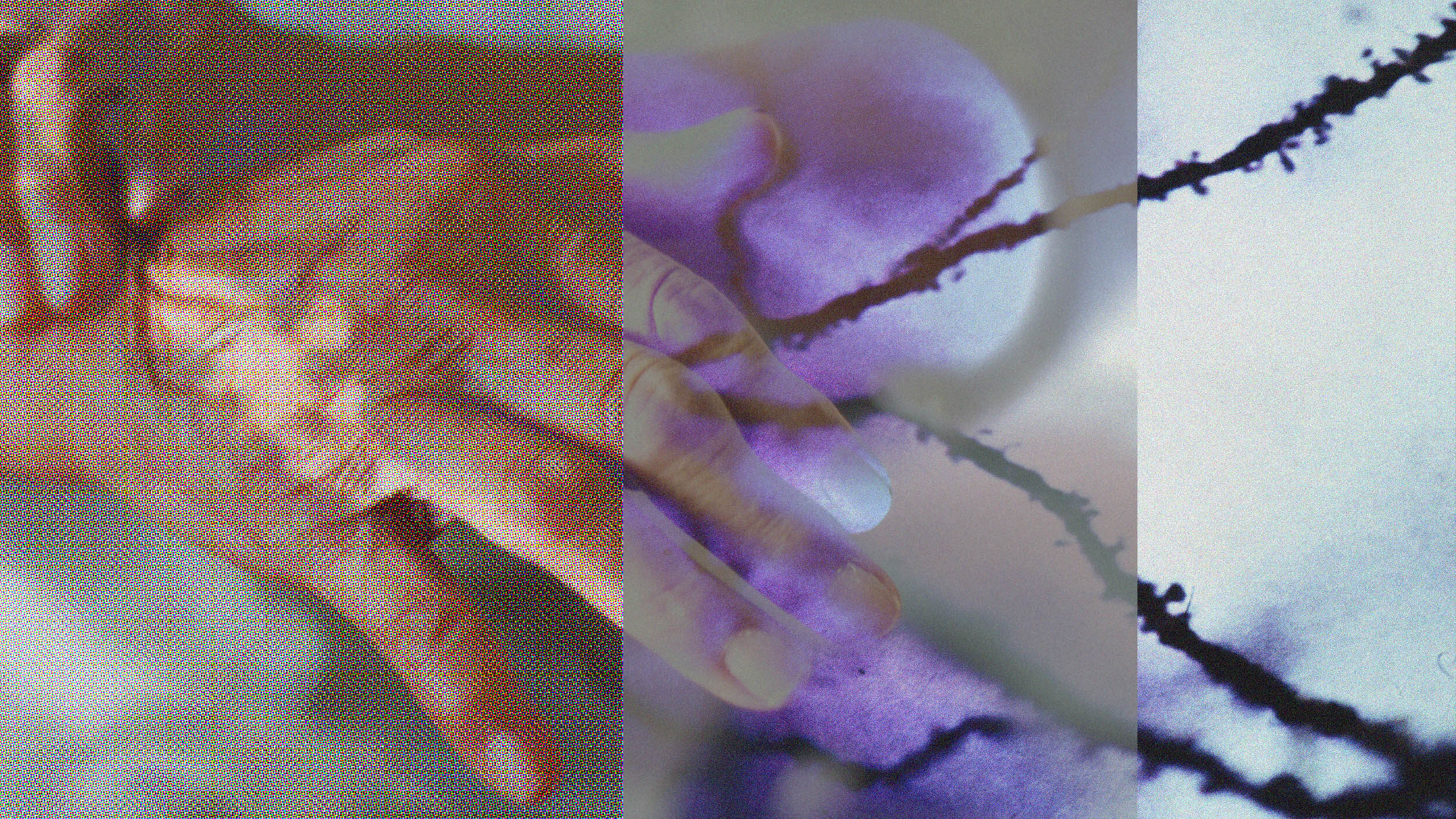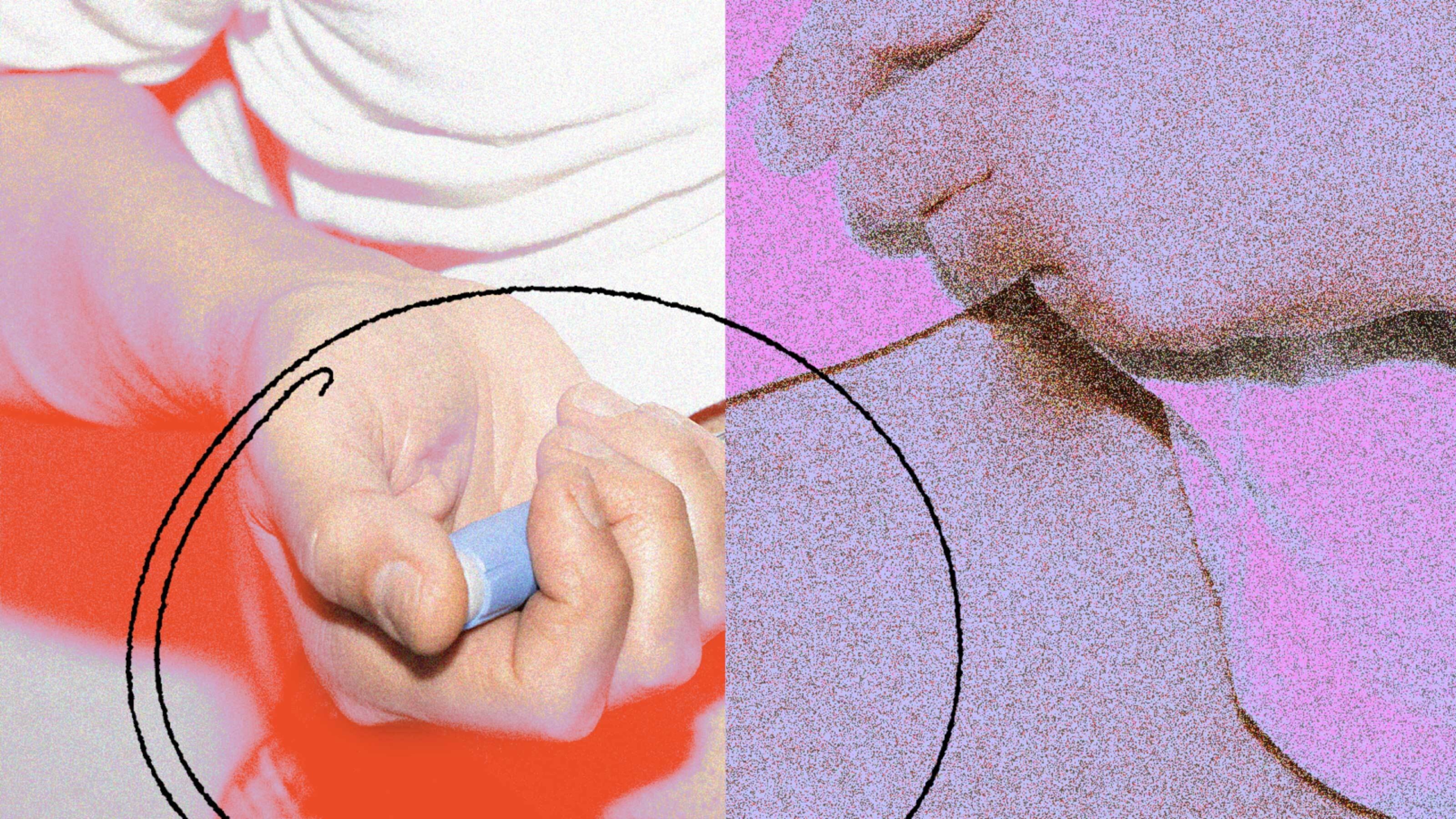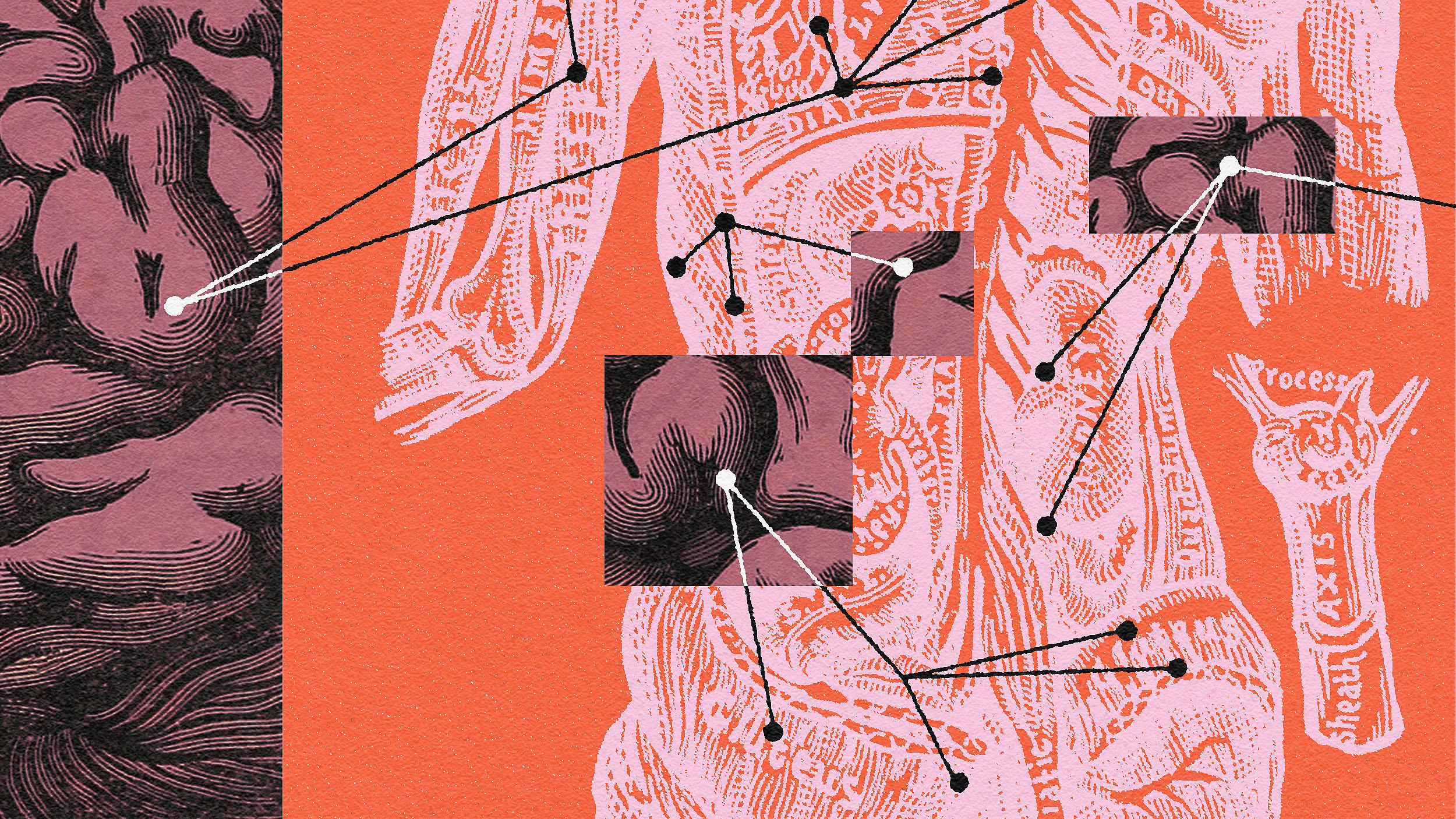What really happens in your body and brain when you orgasm?

Image by gpointstudio on Shutterstock
- An orgasm is described as a feeling of intense pleasure that happens during sexual activity.
- By studying the brain activity of people experiencing orgasms, researchers have been able to pinpoint some of the key changes that occur.
- These changes include heightened sensitivity to areas of the brain that control how we feel pain, making us less sensitive to it.
An orgasm is described as a feeling of intense pleasure that happens during sexual activity. While some people experience orgasms differently than others, there are some key changes that occur in the mind and body.
By studying the brain activity of people experiencing orgasms, researchers have been able to pinpoint some of these key changes that occur. Using fMRI machines (functional magnetic resonance imaging) or PET scans (positron emission tomography), they were able to measure blood flow and neuron activity inside the brain during climax.

The hypothalamus, which plays a key role in releasing hormones like dopamine and oxytocin, is one of the regions of the brain that lights up during orgasm.Image by SciePro on Shutterstock
Does the “logical” part of your brain shut down? That’s hotly debated.
There may be a reason why you feel bold and uninhibited during your climax.
“The lateral orbitofrontal cortex becomes less active during sex. This is the part of the brain that is responsible for reason, decision making, and value judgments. The deactivation of this part of the brain is also associated with decreases in fear and anxiety,” explains clinical psychologist Daniel Sher.
However, not all experts in the field agree with this widely publicized study’s findings. Recent (2017) research suggests otherwise, with results that show that these areas of the brain did not deactivate within the 10 female participants of this study.
Parts of your brain associated with memories, touch, and movement may light up.
Research has found that the hypothalamus, thalamus, and substantia nigra may light up during orgasm. “Dirty Minds: How Our Brains Influence Love, Sex and Relationships” author Kayt Sukel was interviewed for her work alongside researchers who studied the effect of an orgasm on the brain while she was in an MRI machine.
The thalamus helps integrate information about touch, movement, and sexual memories/fantasies. This could explain how you call upon sexual memories and fantasies (or why your imagination is able to be more active) during sexual arousal and peak.
Oxytocin builds up and is released.
Oxytocin is defined as a “bonding” hormone. The forming of oxytocin during sex happens in the pituitary glands and it is then released in the hypothalamus. The hypothalamus plays a key role in many important functions including the releasing of other hormones (like dopamine), regulation of body temperature, controlling of appetite, and of course, the management of sexual behaviors.
A surge of dopamine is released.
During orgasm, your brain works hard to produce various hormones, like the aforementioned oxytocin. In that cocktail of hormones is dopamine, which is released at the moment of orgasm. Dopamine is responsible for feelings of pleasure and desire and therefore acts as a motivation to keep experiencing those feelings of pleasure and desire.
Dopamine is formed in the part of the brain that receives information from several other areas in order to define if your needs (specifically your human needs) are being satisfied.
The release of endorphins, oxytocin, and vasopressin make you less sensitive to pain during sex.
For many, pain and sex go hand in hand. Many people enjoy a little bit of pain during sex, and there is actually a very good reason for this: you’re less susceptible to pain during sex. The pituitary gland is activated during sex, which then frees your brain up to release all kinds of endorphins that are able to promote pain reduction.
An interesting thing to note is that some of the same areas of the brain that are active during sex are also active when you experience pain. A very interesting 1985 study looked at the correlation between vaginal stimulation and the elevation of pain.
In people who are unable to feel genital stimulation, the brain may actually be able to “remap” itself.
People who have suffered lower-body paralysis can still achieve orgasm through stimulation of other body parts such as the nipples. In this case, the brain actually creates new pathways to pleasure that doesn’t involve our genitalia. This Seattle Times article details paralyzed women who were able to rediscover their ability to orgasm through various other sensations.
Having orgasms can keep your brain healthy.
Because there is a significant increase in blood flow across multiple areas of the brain so dramatically when we achieve orgasm, it’s entirely likely that orgasms may have developed in part to keep our brains healthy.

What really happens in the body when we orgasm?Photo by NATNN on Shutterstock
Your body swells and becomes more sensitive.
While men experience the obvious swelling in the genitals due to increased blood flow, women can experience some forms of swelling during sex as well. From your breasts to your vulva, many women experience swelling during sexual arousal and release.
Your heart rate quickens, which leads to euphoria.
Of course, your heart rate elevates when you’re experiencing orgasm, but along with that, you also experience a blood pressure rise and your breathing rate also increases. Both of these things are considered mild aerobic activity responses and could factor into the kind of euphoria you feel during sexual experiences – similar to a “runners high.”
Muscles in the vagina, anus, and uterus contract and release – like a workout.
Not only is your pulse racing, but you may also be working out some of the muscles in your body (aside from the ones you’re using to physically have sex).
According to Bustle, “Increased blood flow to the genitals during orgasm also maintains the integrity of the smooth muscle that lines the vagina, rectum and connective tissue between the penile shaft and scrotum.”
Orgasms may improve allergy symptoms or clear blocked nasal passages.
“Orgasms can be effective at opening blocked nasal passages and can alleviate some allergy and congestion symptoms,” according to sexologist and clinical professional counselor Dr. Laura Deitsch.





